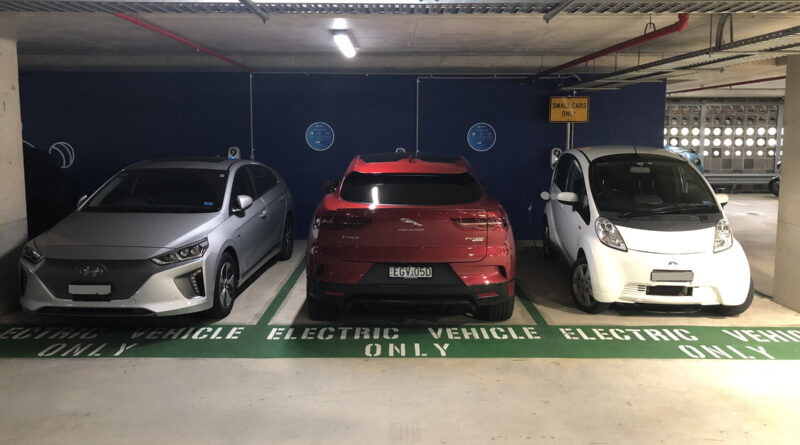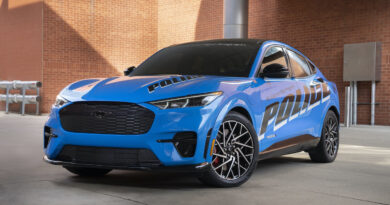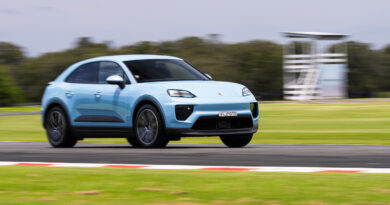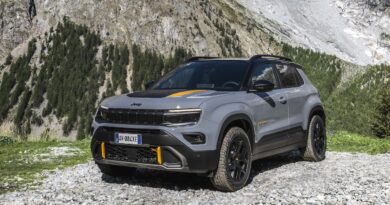Parked in an EV-only space? Victoria to charge non-EV offenders up to $330
Are you an ICE blocker? Parking your internal combustion engine car in an EV-only charge space is not only selfish, but the Victorian Government can, from today, slug offenders with a fine up to $330.
We all know Victoria loves any opportunity to fine a motorist, so it’s little wonder it’s the first Australian state to implement the new rule, which was outlined in May 2019 in a report listing approved amendments to Australian road rules.
We can therefore expect other states to follow suit – welcome news to any EV or PHEV driver ever stuck trying to charge their vehicle while a Ford Ranger selfishly sits in a designated “EV Only” space. This is personal experience only: other ICE Blocking vehicles are available.
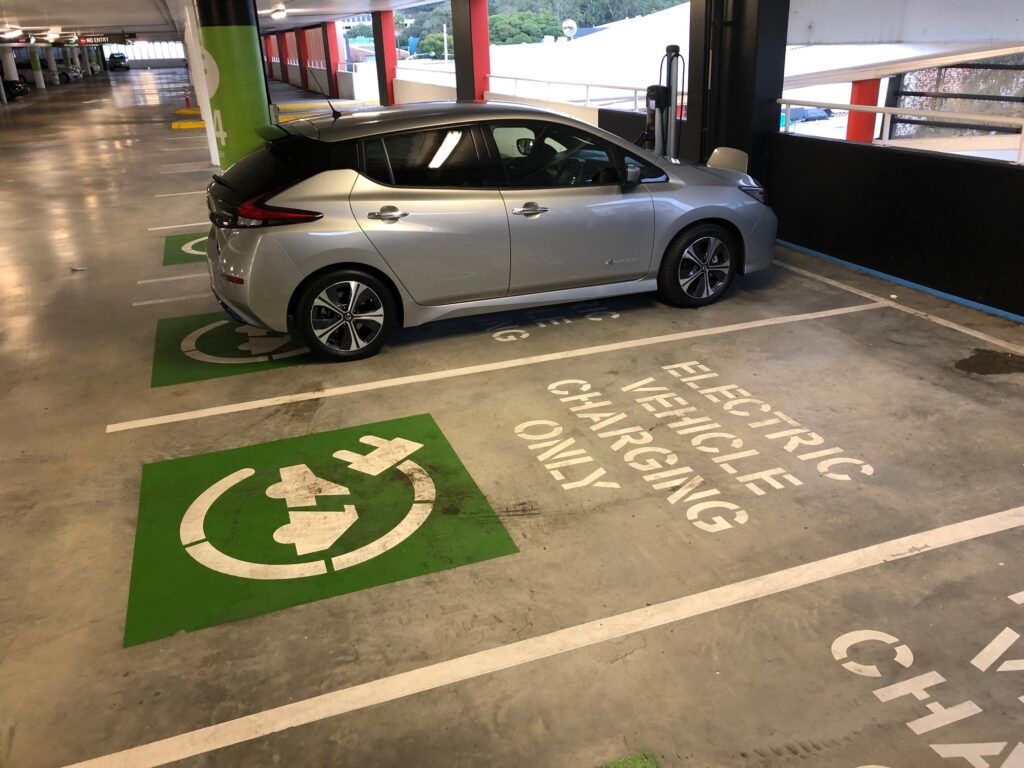
So, if you’d like to explain the rule to an offending ICE Blocker, quote article 203B of the Australian Road Safety Road Rules – Stopping in a parking area for electric-powered vehicles – and article 203C – Stopping in a parking area for the charging of electric-powered vehicles.
Victorian Minister for Roads and Road Safety, The Hon Ben Carroll MP, has approved the amendments to the road rules, stating offenders will receive 2 penalty units for stopping in a parking or charging area for electric-powered vehicles. These parking areas are defined by signs displaying an electric-powered vehicle symbol – a car silhouette with a plug beside it.
Its definition of an electric vehicle is one that “can be recharged from an external source of electricity.” EVs and plug-in hybrids basically, not conventional hybrids like a Toyota RAV4 Hybrid.
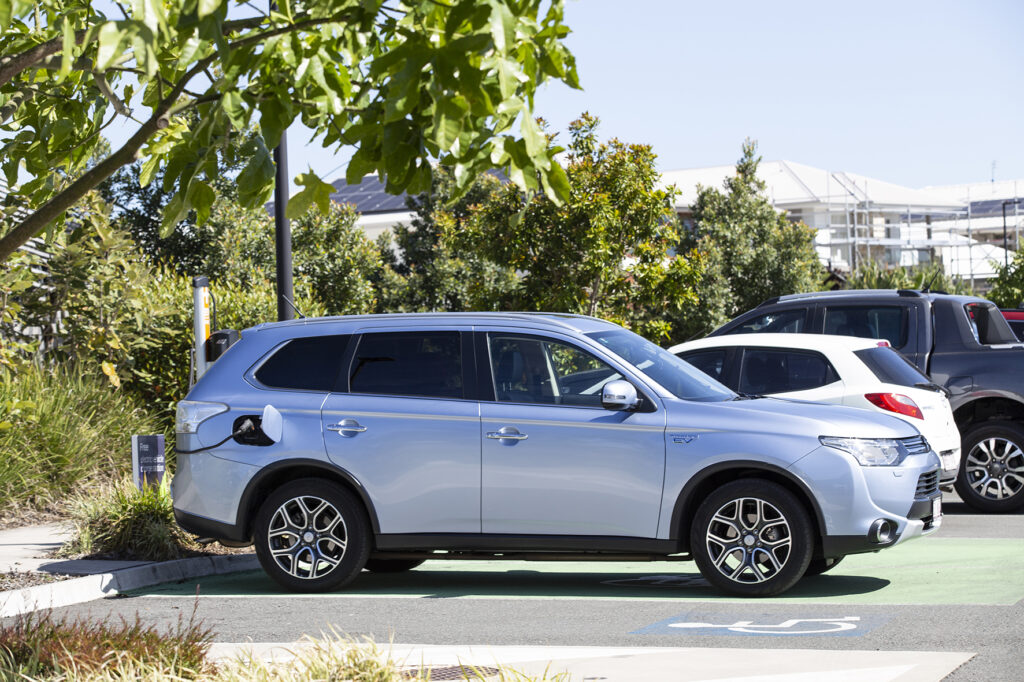
The 2 penalty units fine translates to $330.44 as a single penalty unit is currently $165.22. Quite hefty, not least when you consider Victoria only gives you 1.75 penalty units ($289 fine) for failing to give way at an intersection or roundabout. You get the same 2 penalty units for drinking alcohol while in charge of a motor vehicle.
While this is certainly a step in the right direction, EV drivers know the situation can be more complex. What if an EV parks in the designated EV-only charging space for many hours or even days with a full battery charge? What happens when wireless charging arrives?
These quandaries should give our elected officials better things to think about than working out the best ways to tax EV owners, don’t you think?

